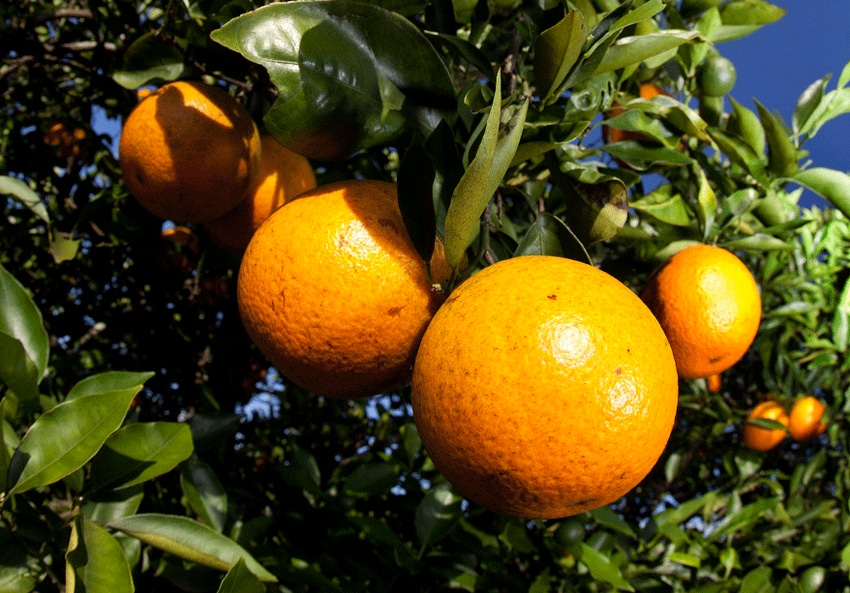April 18, 2016

Florida’s citrus growers say as much as 90 percent of their acreage and 80 percent of their trees are infected by the greening disease, which is making a huge dent in the state’s $10.7 billion citrus industry.
A University of Florida Institute of Food and Agricultural Sciences survey, conducted March 2015, shows the first grower-based estimates of both the level of citrus greening in Florida and the impact of greening on citrus operations in Florida.
“Even though the industry acknowledges that greening has reached epidemic proportions across the state, estimates of the level of infection and its impact on citrus operations are scarce,” the researchers wrote in the paper.
Assistant professor Ariel Singerman and associate professor Pilar Useche, faculty members in the UF/IFAS food and resource economics department, surveyed about 200 growers to estimate their losses from the disease. They obtained about 76 completed surveys; those growers operate approximately 30 percent of Florida’s citrus acreage. They also estimate greening has reduced their yield by 41 percent.
Surveyed growers said, on average, 90 percent of citrus acreage and 80 percent of trees in their operations had been infected, on average, in any given operation in Florida.
Singerman and Useche conducted their survey at the UF/IFAS Citrus Research and Education Center, where Singerman conducts his research. Useche works at the UF Gainesville campus.
Greening was first detected in Florida in 2005 and threatens to destroy Florida’s citrus industry. Florida has lost about $7.8 billion in revenue, 162,200 citrus acres and 7,513 jobs to citrus greening since 2007, according to
UF/IFAS researchers. Orange production dropped from 242 million to 104 million boxes in 2014, UF/IFAS researchers say.
The greening disease bacterium first enters a citrus tree via the tiny Asian Citrus Psyllid. When introduced into the plant by leaf feeding, the bacteria then move through the tree via the veins of the tree. The disease starves the tree of nutrients, damages its roots and the tree produces fruits that are small and misshapen and have reduced quality, making it unsuitable for sale as fresh fruit or, for the most part, juice.
You May Also Like




